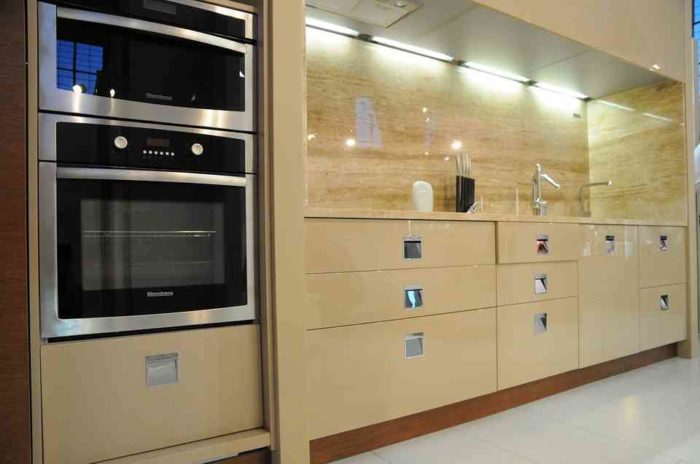
Steel and the microwave safety
Purchasing and using utensils come with similar kind of limitations as in the case of wearing and caring for clothes. Some clothes cannot be worn in certain seasons while some can be hand-washed or dry cleaned only. In the context of utensils, the limitations often come across as qualifications like “dishwasher safe”, “induction friendly” etc which means that utensils that do not carry these qualifications are not fit for such use. One such qualification is microwave safety.
Just like how all clothes cannot be washed in a washing machine, similarly, all utensils cannot be used in a microwave. The microwave safety of a utensil is dependant on the material of the utensil. Utensils manufactured using materials like glass, plastic etc can be used in a microwave provided such utensil is marked as ‘microwave-safe.’ Utensils manufactured of materials like steel or any kind of metal is generally not ‘microwave-safe’ unless the utensil is marked for such purpose. The reasons behind the demarcation are rooted in science.
Microwave cooking is essentially based on the science of electromagnetic radiation. The electromagnetic radiation creates microwaves which can create heat and further the purpose of the microwave. The metal body inside the microwave does not allow the microwaves to pass through it and instead deflect the microwaves. This deflection hits the steel utensils and the food inside the microwave appliance. The food inside the steel utensils can absorb the microwaves and heat up only if the material of the container can allow the microwaves to pass through it and reach the food.
Now, when metal cookware including steel utensils is used in a microwave, the deflected microwaves cannot hit the food since the cookware does not allow the microwaves to pass through it. Thus, microwaves are created but not absorbed. The excess unabsorbed microwaves can cause the container to spark and, in some cases, cause a small fire which may damage the microwave. This inability of metals is also the primary reason why most microwave appliances have a metal body inside and outside. The metal body inside the microwave is primary to the operation of the microwave while the metal body outside the microwave appliance ensures that the microwaves created inside are contained within and do not leak outside.
The above limitation is however not strongly applicable when the microwave is used on the convection mode. In the convection mode, metals such as aluminium can be used. Steel utensils remain incompatible in either case.






You must be logged in to post a comment.